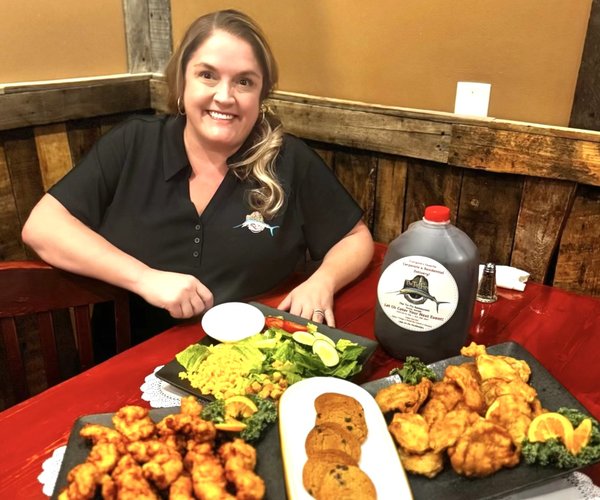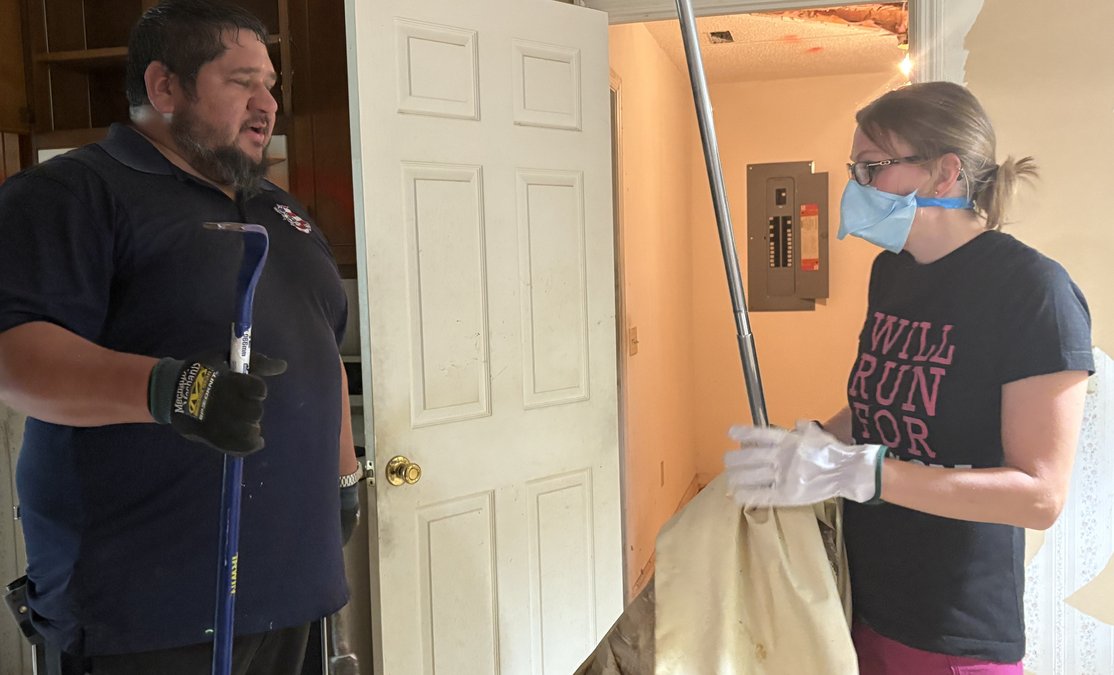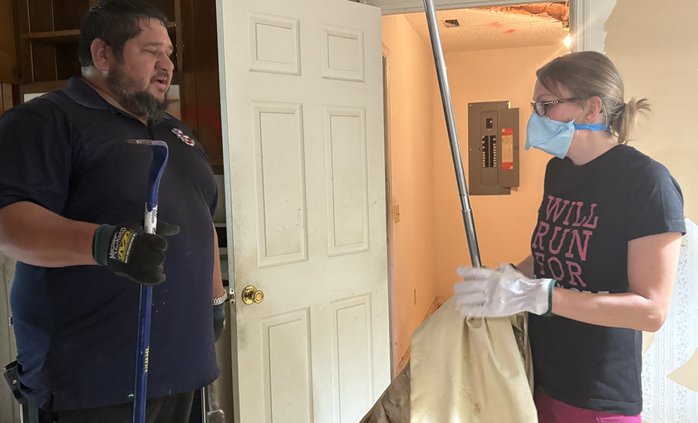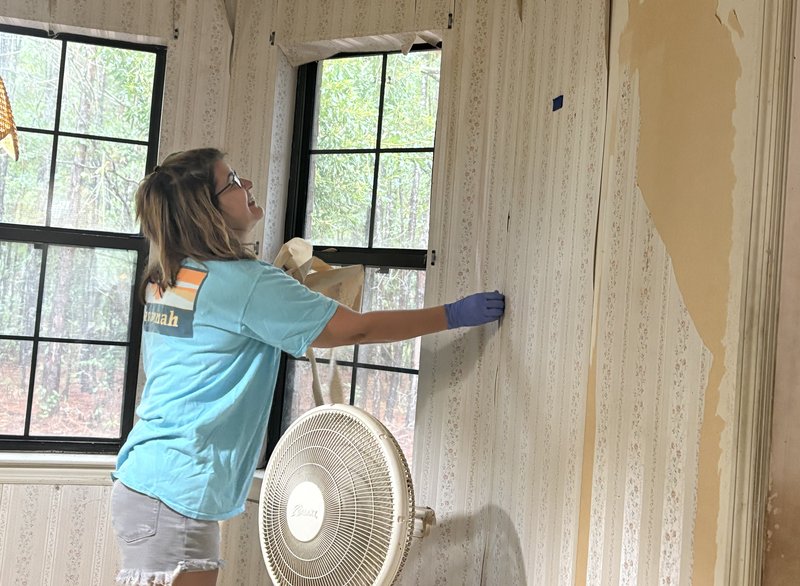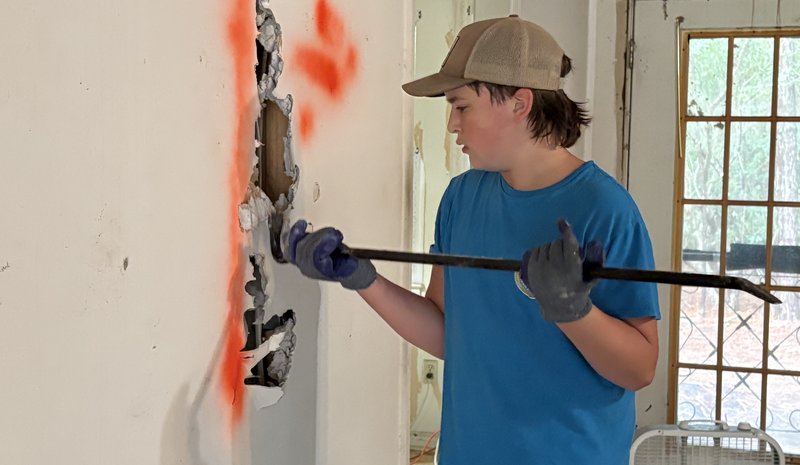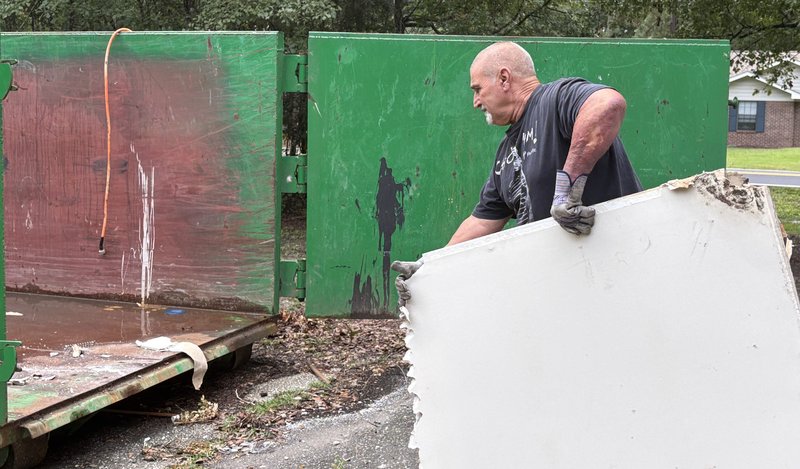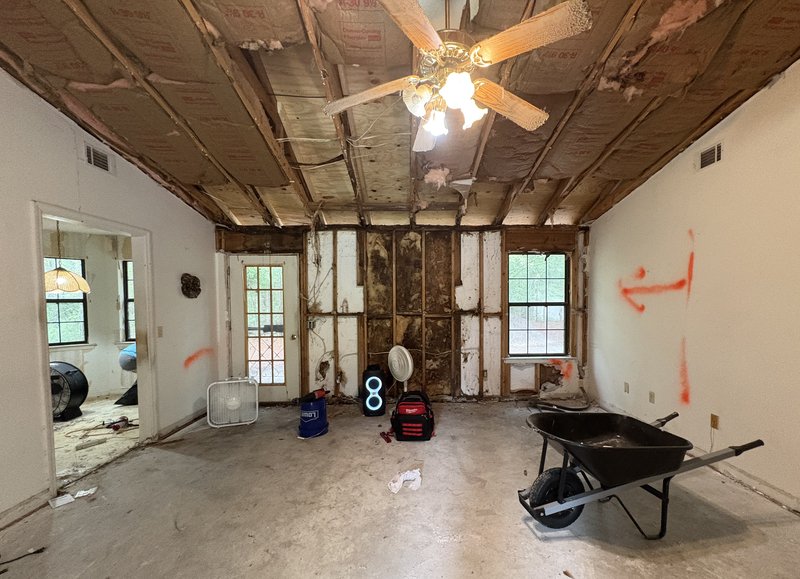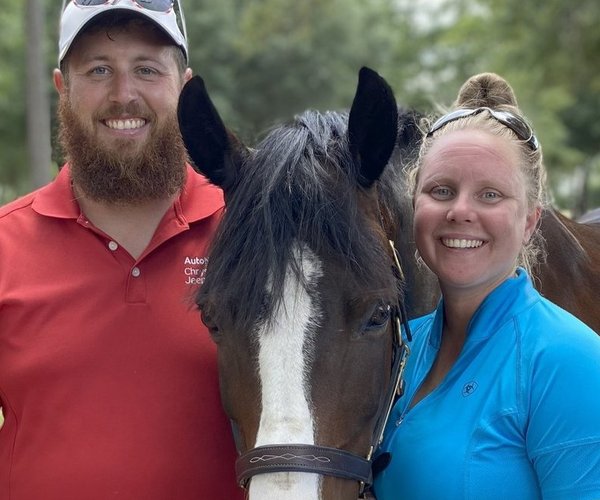Effingham County commissioners have approved a new set of buffers around a proposed cold storage facility off Interstate 16.
Developers sought a change in the zoning stipulations on the buffers between the tract, off I-16 and Old River Road, and the neighboring parcels. Of particular concern was a requirement that called for a 400-foot buffer on its border with Van Road.
“A 400 foot buffer basically renders 40 percent of the property undevelopable,” said C.J. Chance, engineer with Hussey, Gay and Bell.
Commissioners agreed to remove the buffers required on I-16 and Old River Road. They also agreed to reduce the buffer on the south side of the property to 50 feet. The 50-foot buffer will be undisturbed.
“I spent a lot of time on this one,” said 1st District Commissioner Forrest Floyd, in whose district the project lies. “A promise was made to these citizens. We’re trying to get everyone on the same page where everyone is satisfied.”
Under the agreement, the company will build a berm along the northern property line as its building is constructed. The berm would be behind a 100-foot undisturbed buffer.
Reconfiguring the buffers also will allow for power and water lines to be brought into the property at a better design, Chance said. The water line will be 160 feet from the property line, according to Chance.
“It is clear from a design side that the best location for the water and the power is as far north as you can put it,” he said. “We realize you can’t put it on the property line. The neighboring residents have to be protected.”
Savannah Cold Storage will put in nearly 5,000 feet of pipe to carry water and power to its operations. The utilities will go within that 400-foot buffer.
‘It’s a significant investment,” said Savannah Cold Storage CEO Brian Kastick.
The company will build a 100,000 square foot cold storage facility with an initial investment of more than $12.1 million. The starting workforce is projected to be 35 jobs, with an average salary of $39,000 a year, and the company plans to boost the employment rolls to 74 jobs by 2020.
Nearby residents asked commissioners to stick to the original zoning stipulations, passed several years ago.
“I have discussed with my commissioner and he understands how the family feels,” said Craig Vann, who represented the adjoining property owners. “When we first started dealing with this the county made us understand they would work with us taxpayers and not try to take advantage of us. I want the county to make money. I could pay less tax. But I want the county to realize we are county residents. We were here before and we are still going to be here. We need to move forward, but we don’t need to step on the taxpayers.”
Vann also questioned if the company knew what it was doing when it acquired the property.
“If you did your due diligence, you would know what you can do and what you can’t do,” he said. “To me, it seems might hard to understand how you operate a business without doing your due diligence.”
Commissioners also took note of when the original stipulations were passed and the residents’ wishes at the time.
“It was done by past commission under very contentious circumstances,” said Commissioner Vera Jones. “We’re left with trying to be honorable.”
Commissioners approved a water allocation to the company, which will allow Savannah Cold Storage 25,000 gallons per day out of the county’s groundwater withdrawal capacity and 20,000 gallons per day for future expansion. That allocation will make the facility the county’s second-largest user of water, according to Chance.
The company has 24 months from the agreement date — done in October — to begin using the water.
“Since then, we have completed the survey, plans and construction plans,” Chance said.
Effingham Industrial Development Authority CEO John Henry also commended the commissioners’ decision.
“It is not going to split up the property like running the utilities down the middle, which we had originally planned to do,” he said. “It opens up more acreage, so you get more buildings and more facilities on the site. It is going to help the company make a decision on exercising the option.”





